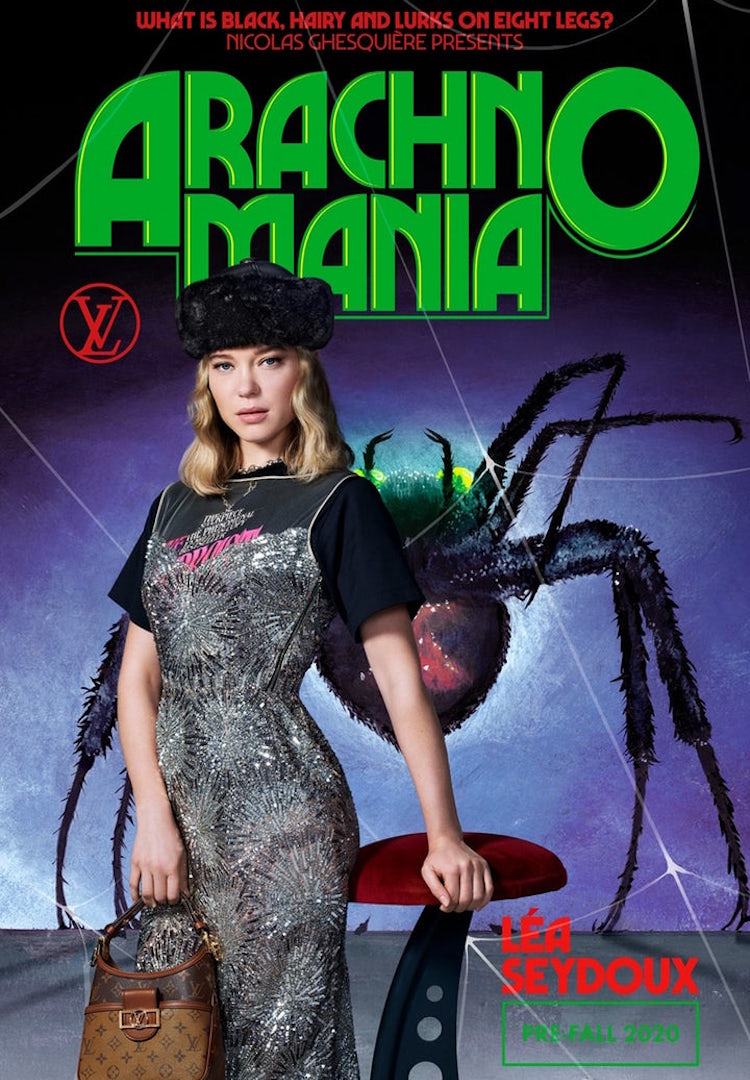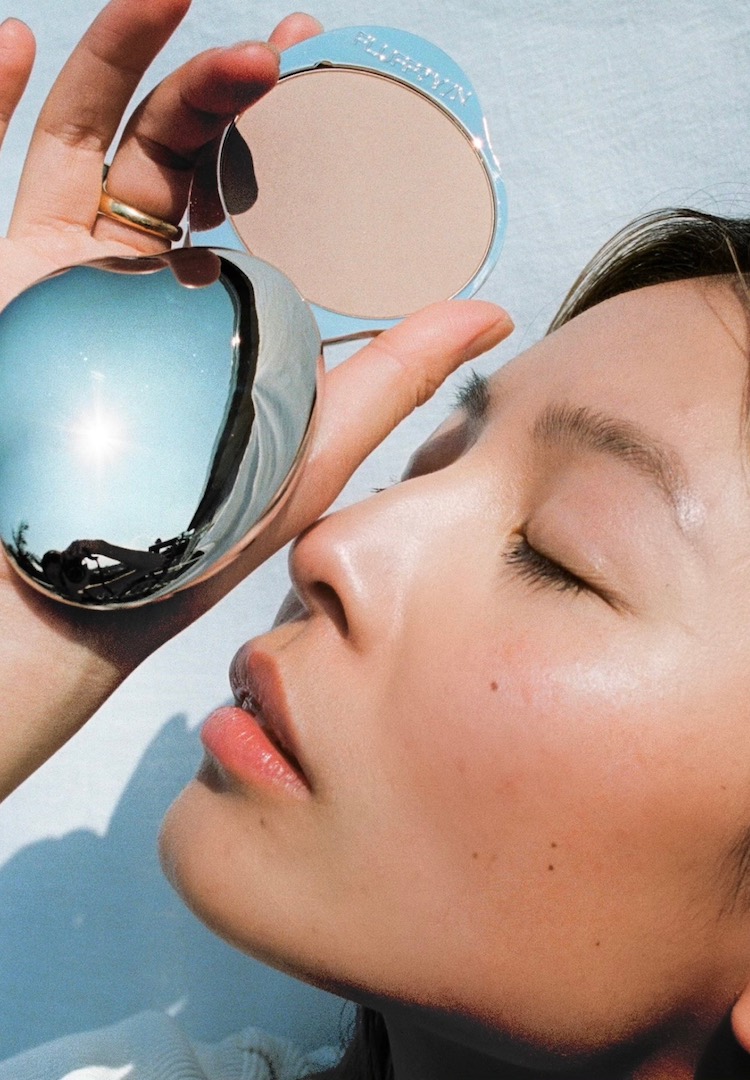Why is fashion still gendered in 2020?
Image by Bray Taylor
Words by Ruby Staley
Why unisex dressing won’t be just a passing trend.
In what seemed like an innocuous move, Alyx Studio closed its Men’s show with Bella Hadid in a suit. But the suit wasn’t specifically fitted or purposely oversized. Instead, it was somewhere in between. The understated leather jacket atop a simple black cigarette pant combo looked just like she had nicked it from her boyfriend’s closet. Rather than looking like a woman in a man’s suit, Hadid resembled something closer to true androgyny, sitting somewhere between two sexes.
View this post on Instagram
Using Hadid, a modern pillar of Western femininity, to close a men’s show, begs the question – why is fashion still gendered in 2020, if dressing androgynously looks this good?
With discussions of gender, sex and sustainability currently at the forefront of fashion, it seems like a wildly outdated notion to categorise clothing by gender, and gender only. Sex and gender have never been binary, so why do we hold fashion to a different standard? Attempts to totally segregate men’s clothing from women’s excludes a portion of people who don’t subscribe to gender constraints. By separating fashion this way, self-expression through clothing is limited and won’t always mirror the social categorisations or lack there-of that people align themselves with.
With the original intention for function – hunting, running, sleeping etc. – clothing was initially shaped in organic ways. Capes and tunics were formed from the natural shape of the arbitrary materials and animal skins used.
The gender rules of clothing then transformed after the Middle Ages, when people went from rocking tunics to caring about the aesthetics of their outfits. The Victorians amped up gender distinctions from simply being the difference in hem lines, men’s tunics were traditionally knee length and women’s to the floor, to assigning gender stereotypes to specific pieces of clothing. Men were seen as serious, sober breadwinners so they wore classic three-piece suits. Women, on the other hand, were regarded as frivolous, superficial and silly so they wore flouncy and embellished dresses. Trousers were a man’s game and it was considered pretty scandalous for women to don a pair of slacks up until the 20th Century.
For so long, and even still so, dressing androgynously was synonymous with female versions of men’s clothing, see: power suits, or female figures borrowing wardrobe pieces from their male counterparts. Lately, we’ve witnessed men’s designers dip into feminine shapes, colours and combinations such as Sies Marjan’s belted jackets and Dior Homme’s experimentation with soft colours and cinched waists.
And while this form of androgynous styling, which could be considered ‘cross-dressing’, has seeped its way into the mainstream, there exists a more nuanced approach.
To rewrite the rules of androgynous design and break down the barriers of gendered dressing, Tala Surace, head designer for androgynous label TalaMade, uses structured and dramatic silhouettes, experimental styling and fabric manipulation. With a philosophy of androgynous dressing being up for interpretation, Surace is a local force leading the fashion industry towards a future of gender fluidity.
Overseas, Jacquemus Ready-To-Wear 2020 Men’s show incorporated timeless and androgynous looks with both men and women modelling, what Simon Porte Jacquemus considers “designs that last”. Max Mara’s Fall 2019 Ready-To-Wear collection also capitalised on androgynous looks and styling in exploring the relationship between power and glamour – two words carrying connotations of gender stereotypes. Showing strong-shouldered suits, military coats and functional workwear, the collection presented a strength in practicality that could be harboured by absolutely anyone.
We’ve made some strides in separating gender stereotypes from fashion since the Victorian ages. But with the resurgence of puffed sleeves and the corset, we haven’t moved that far.
And while it’s safe to say that gendering clothing is arbitrary, due to the changing nature of its rules and regulations, it’s a trend we’ve never seemed to shake.
Androgynous dressing opens doors for design and styling that falls somewhere in between the two fashion worlds. It’s about more than women in pants and men in skirts.
It’s about innovation and taking it back to the functional roots and purpose of clothing.













